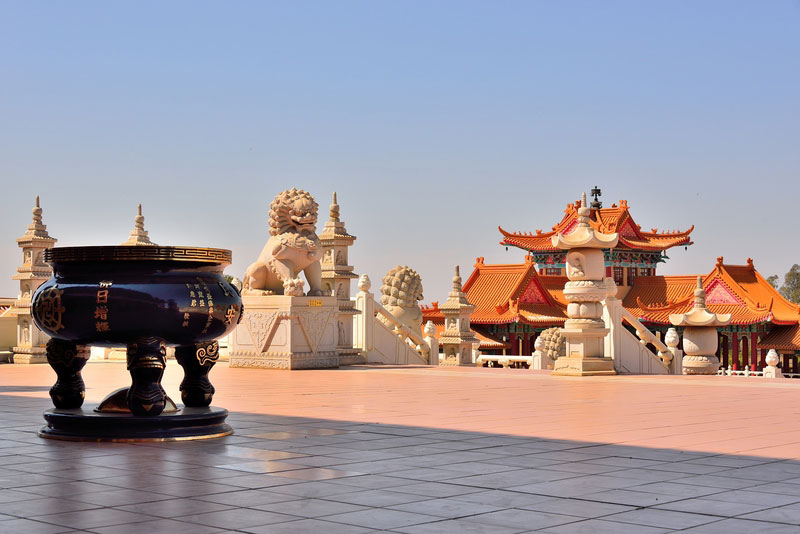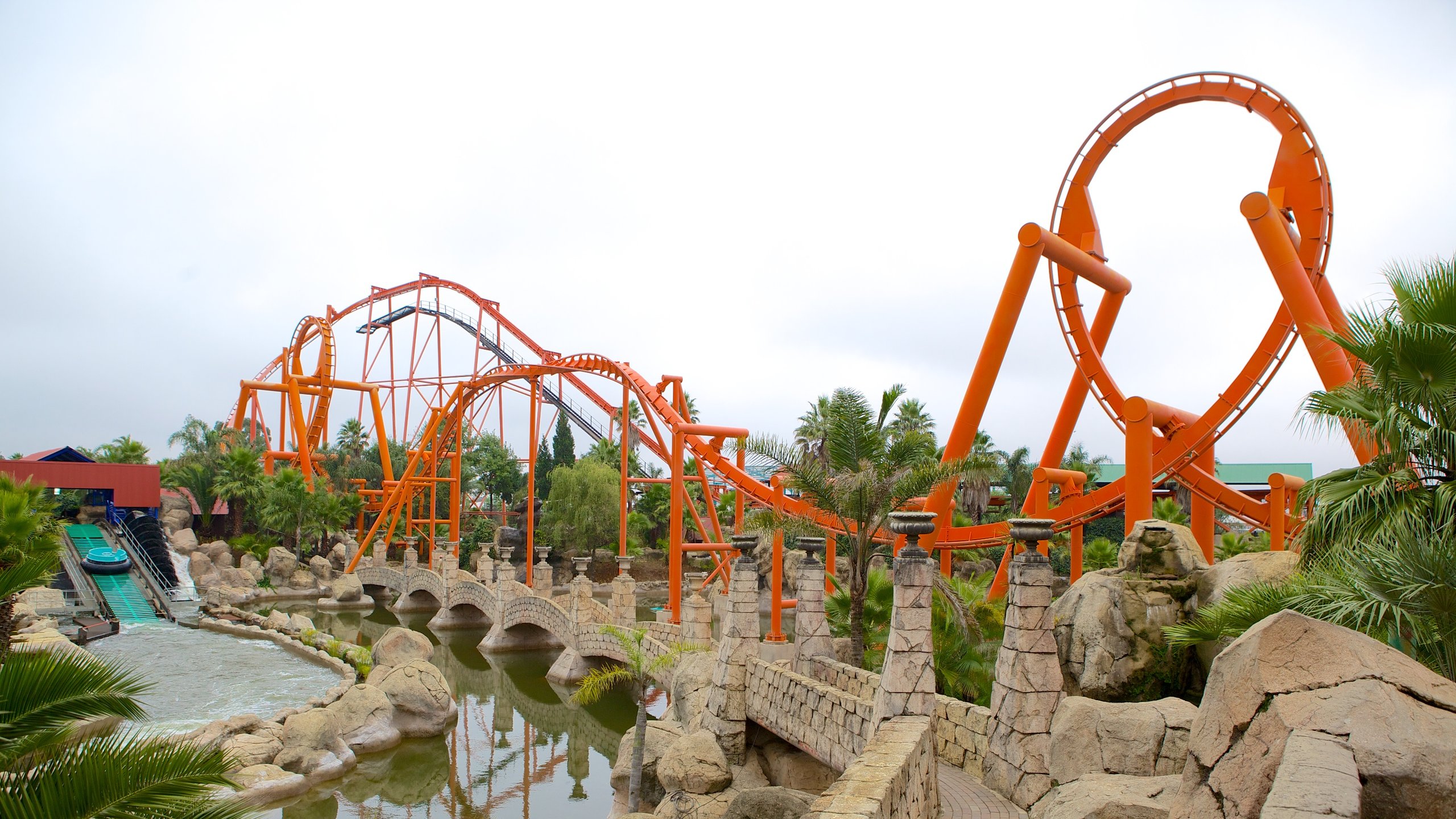The Of Johannesburg North Attractions
The Of Johannesburg North Attractions
Blog Article
Indicators on Johannesburg North Attractions You Need To Know
Table of ContentsThe smart Trick of Johannesburg North Attractions That Nobody is Talking AboutJohannesburg North Attractions - Questions5 Simple Techniques For Johannesburg North AttractionsSome Known Incorrect Statements About Johannesburg North Attractions Unknown Facts About Johannesburg North AttractionsJohannesburg North Attractions Fundamentals ExplainedSee This Report about Johannesburg North Attractions
You must keep safety and security in mind and travelers must stay alert at all times when in unknown surroundings. Speak to the residents when you are in community to learn about the area you are remaining in. Johannesburg North attractions. When on the road (this does not put on purchasing malls and various other safe atmospheres) ideal general recommendations is to attempt your best to look like a neighborhood and to stay clear of showing any form of riches
About Johannesburg North Attractions
Professor Revil Mason O. J. (Thomson, 1946) discovered the Witwatersrand's pre-colonial history. His archaeological work blew up the 'em pty land' misconception, according to which the area was devoid of human habitation before the arrival of European settlers. In his publications Prehistory of the Transvaal: A Document of Human Activity (1962) and Origins of Black People of Johannesburg and the Southern Western Central Transvaal Advertisement 3501880 (1986 ), Teacher Mason showed the extent of social and economic advancement in the area before Europeans established foot below.

7 Easy Facts About Johannesburg North Attractions Explained
In 1878, David Wardrop found gold in quartz veins at Zwartkop, north of Krugersdorp. In 1881, Stephanus Minnaar came throughout gold on the farm Kromdraai, near the Cradle of Humankind.
In March 1886, an outcropping (soon to be called the Main Reef) was found, quite fortunately, on Gerhardus Oosthuizen's ranch Langlaagte. Some claim that the Lancastrian coal miner George Walker found this reef. An additional itinerant English prospector, George Harrison (who had actually previously operated in Australian mines) obtained a prospecting licence in respect of Langlaagte in May 1886.
He chose to proceed in a mission for greener fields, and disposed of his Langlaagte case for the baronial amount of 10. Alas: underneath lay the richest goldfield ever located. The exploration of this rich auriferous reef prompted a gold rush that signalled the end of agrarian tranquillity in the southern Transvaal.
It would, within 6 years, end up being the largest town in southern Africa. Within a decade, it would certainly make the Z. A. R. till then an anarchical and insolvent little state the wealthiest country in Africa. By his response the turn of the century, the Z. A. R. was to go beyond Russia, Australia and the USA of America to come to be the globe's leading gold producer, generating greater than a quarter of the world's gold.
Johannesburg North Attractions for Beginners
It was recognized as Ferreira's Camp, named after Colonel Ignatius Ferreira. He was a Boer traveler upon whom the British authorities had bestowed the condition of Friend of one of the most Distinguished Order of St Michael and St George (qualifying him to the post-nominal letters C. M. G.) in thankfulness for his duty in the great post to read war that had deposed the Pedi king Sekhukhune in 1879.
2 various other camps were developed: Meyer's Camp on the farm Doornfontein, and Paarl Camp. The latter was nicknamed Afrikander Camp; numerous individuals from the Cape Nest worked out there.

More About Johannesburg North Attractions
This name acquired currency by word of mouth, such that the State Assistant affirmed the name to the Mining Commissioner on 9 October 1886. Stands in the town were auctioned on 8 December 1886. While some stands were offered for 10, others were knocked down for just sixpence.
Two years later, these erven were to alter hands for as much as 750 each. The tented camps dwindled as a dorp of corrugated iron structures established and expanded north of the mines situated along the Main Coral Reef Roadway. Areas such as Jeppe's Community (where working-class immigrants erected their homes) and Doornfontein (where the affluent new 'Randlords' started to create their extravagant houses) were soon included in the ever-expanding map of the town.
The 5-Second Trick For Johannesburg North Attractions
Besides the street names, there were no indications of Johannesburg being positioned in a Dutch-speaking nation. Numerous years later, C. W. Kearns O. J. (among the first boys enlisted at St John's University in 1898) would certainly remember: 'A weird reality concerning Johannesburg was that, although it was in the [Boer Republic], almost everyone talked English and also the Government servants attended to one in English, unless they were very first resolved in the Taal (or Reduced Dutch)'.
Therefore, Britain had a passion in ensuring optimum problems for gold manufacturing on the Witwatersrand, which the gold was exported to London as opposed to Berlin an important rendered all the extra clamant by the Z. A. R - Johannesburg North attractions.'s increasing toenadering with Germany. Mine proprietors were on a collision course with Head of state Kruger, whose plan of monopolistic giving ins (usually granted to his cronies) stopped mining business from obtaining products of materials (specifically dynamite) and work on their very own, cheaper terms
The Buzz on Johannesburg North Attractions
In 1890, the Volksraad had limited the franchise to white men that had resided in the Z. A. R. for fourteen years or longer, therefore disqualifying the majority of the immigrants (that took place to be the major factors to the fiscus). Nonetheless, frustration for the ballot was a mere pretense for advertising a different schedule; many uitlanders concerned themselves as short-term site visitors and had no purpose of continuing to be in the Z.
Report this page